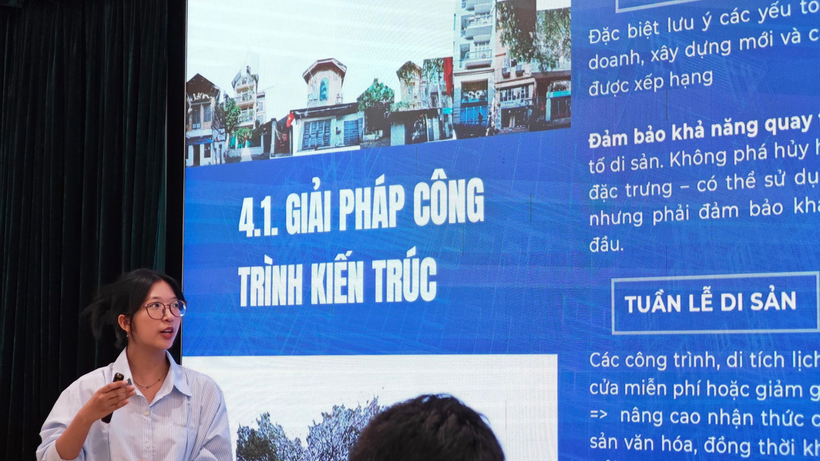
Not just a classroom project
Recently, the Faculty of Architecture, Urban and Sustainable Science of the School of Interdisciplinary Sciences and Arts (Vietnam National University, Hanoi) coordinated with Hang Bai ward (Hoan Kiem district), now part of Cua Nam ward, Hanoi, to organize a career project report on urban landscape management in this area.
After the process of research and practical testing, the students implemented the project according to 6 topics: architectural management, landscape of Ba Trieu street; factors affecting the landscape of Hang Bai-Pho Hue street; plan to renovate and embellish the landscape of Ngo Quyen-Ngo Thi Nham-Vong Duc street; analyze the current situation and propose appropriate management solutions to promote the landscape value of Ly Thuong Kiet and Hang Bai streets; organize the landscape of Tran Hung Dao-Nguyen Che Nghia street; factors affecting the landscape of Ham Long-Tran Quoc Toan street.
Participating in the project, Chau Anh shared that when she first received this assignment, her group was quite confused because they did not clearly envision how to implement it. However, thanks to the guidance of teachers, and at the same time, consulting the opinions and wishes of the people, the group determined the main goal was to propose solutions to improve the landscape space and use the sidewalk effectively.
"The group focuses on three main directions: increasing greenery, reorganizing walkways and arranging controlled business areas. The goal of this project is to create a civilized, green-clean-beautiful public space, in harmony between urban aesthetics, functionality and the actual needs of the people," Chau Anh informed.
According to Chau Anh, participating in building and reporting a real project is a very special experience. "At first, we were quite nervous, but after receiving comments and compliments from the neighborhood leaders and ward leaders, the group felt very happy and confident. This is not only a recognition of our efforts in studying but also an important milestone in our vocational training journey to gain experience," Chau Anh said.
In addition, implementing and proposing a practical project also helps students practice their presentation, argumentation and problem-solving skills. Listening to diverse opinions from the locality and community also helps them complete the plan in a more feasible way.
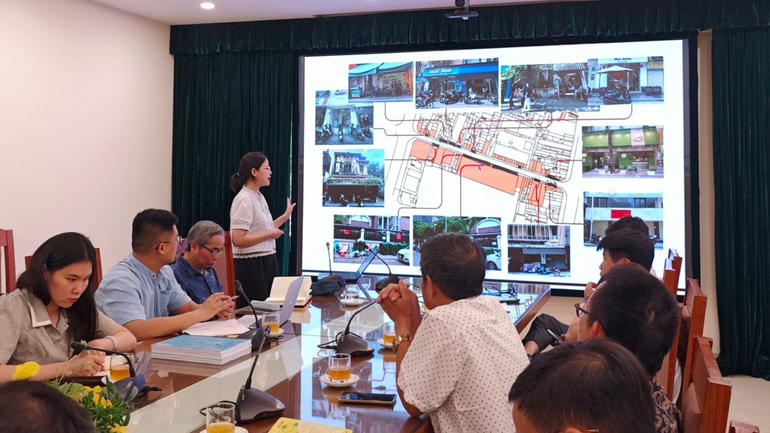
As for Ngoc Anh, a third-year student majoring in Smart and Sustainable Urban Management, she clearly identified that the project is not just a simple classroom exercise, but also opens up a new journey in scientific research and career awareness.
"We did not just finish the course, but really wanted to look deeply into what is shaping the landscape of Hanoi's streets today. Thanks to the project, we were able to 'touch' the real city, think and come up with solutions in real conditions," Ngoc Anh told reporters.
With that goal, Ngoc Anh's team has clearly identified the factors, from architecture, trees, technical infrastructure to space usage behavior and human activities, that are affecting the local urban landscape. From there, they propose specific and feasible improvement directions, based on the spirit of respecting identity, aiming at harmony between residents' needs and management policies.
Bridging the gap from theory to practice
Sharing about the process of applying the knowledge taught at school into practice, Mai Chi, a student majoring in Smart and Sustainable Urban Management, said that the training program she is studying includes theoretical and applied courses.
"Theoretical courses help provide basic knowledge. Applied courses provide quantitative skills and tools to support project implementation," Mai Chi said.
According to Mai Chi, the biggest difficulty in applying knowledge learned in the classroom to implementing real-life projects lies in building the analysis process. When studying at school, students will have the steps and sample data fields available for practice as well as understanding the data requirements. In practice, students must research and make decisions for themselves: What data is needed? What method should that data be collected and processed by? Why choose that method?
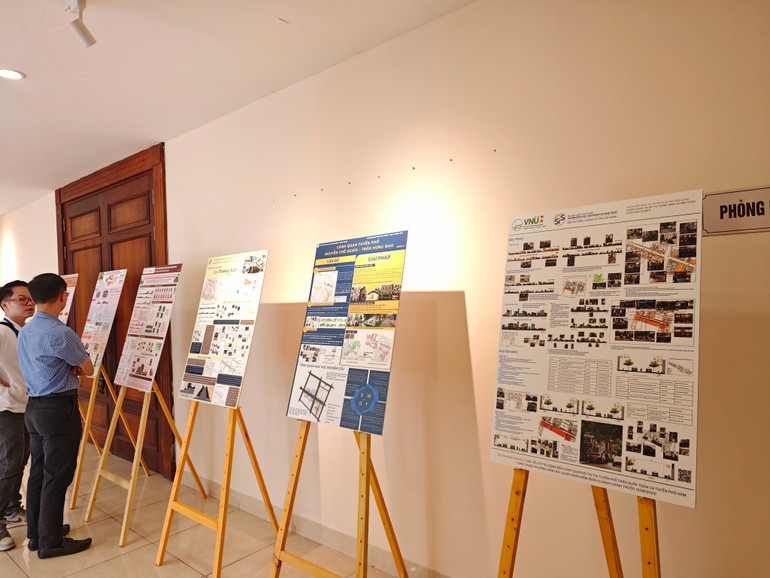
Implementing the plan to improve the landscape of Ngo Quyen-Ngo Thi Nham-Vong Duc streets, Mai Chi's group proposed that it is possible to improve the appearance of the Vong Duc apartment complex. At the same time, building soft boundaries (painting lanes for pedestrians, installing soft obstacles) to help separate pedestrians from vehicles, limit sidewalk encroachment and reduce the risk of traffic accidents.
"As for Ngo Quyen and Ngo Thi Nham streets, it is necessary to develop a long-term strategy to improve the facade (appearance) of heritage. Because these two streets have a high proportion of ancient buildings, distributed in clusters. This orientation also aims to take advantage of the cultural and artistic potential of ancient buildings on the streets. In addition, it is possible to exploit further economic potential by leasing sidewalks under close supervision of the authorities, as well as applying digital technology in management," Mai Chi proposed.
During the project implementation process, students majoring in Smart and Sustainable Urban Management made efforts to research, analyze, and interpret the current situation to point out the shortcomings and propose solutions suitable to the reality of each neighborhood.
Your career projects this time will be considered for use in practical implementations. These are not just exercises to return to teachers but are applied research recognized by the community.
Mr. Pham Tuan Long, Party Secretary, Chairman of People's Council of Cua Nam Ward, Hanoi
From a professional perspective, Dr. Tran Huy Anh, architect of the Hanoi Architects Association, highly appreciated the students' approach in clearly demonstrating interdisciplinary details. The methods and proposals that the students put forward made a good impression because they paid attention to the feelings and needs of the actual community, as well as considered cultural, historical, artistic and economic factors. These are things that very few student projects can do.
Dr. and architect Pham Tuan Long, Party Secretary and Chairman of the People's Council of Cua Nam Ward, commented: The intelligence of the students is demonstrated in the meticulous way they separate proposals and solutions into long-term goals (combining many fields) with practical, easy-to-implement local solutions from the residential group level.
"Your career projects this time will be considered for use in practical implementations. These are not just exercises to return to teachers but also applied research recognized by the community," Mr. Pham Tuan Long added.
Source: https://nhandan.vn/nhom-sinh-vien-voi-y-tuong-cai-tao-canh-quan-do-thi-thiet-thuc-dac-sac-post890994.html



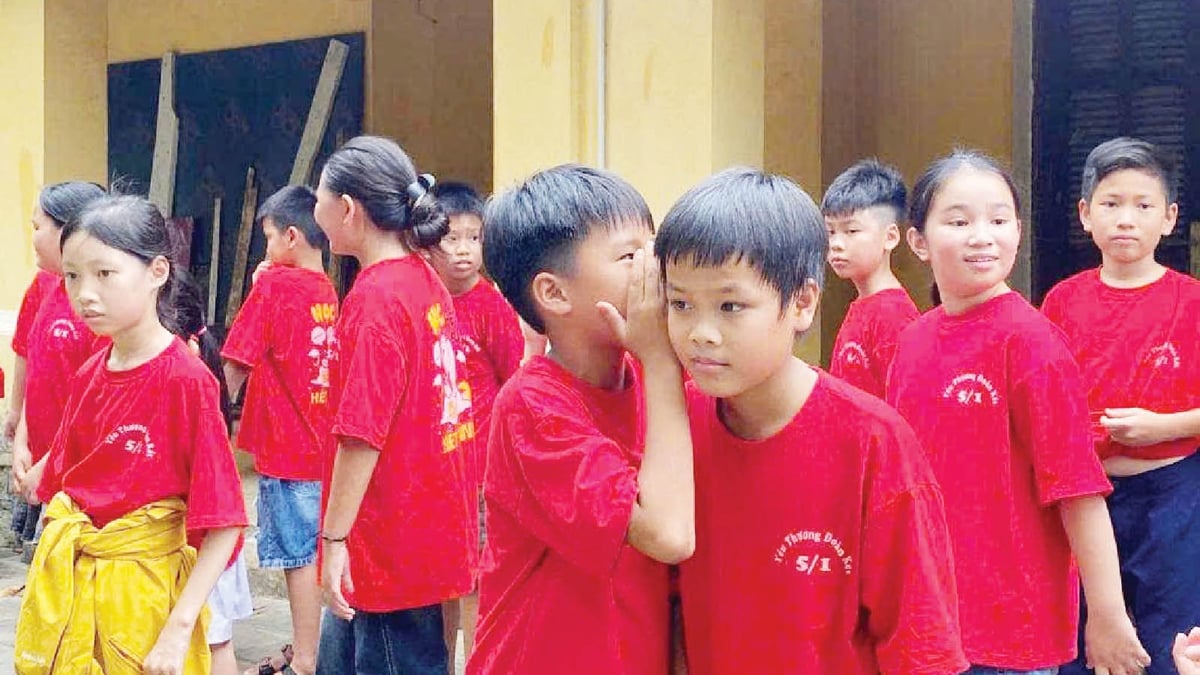
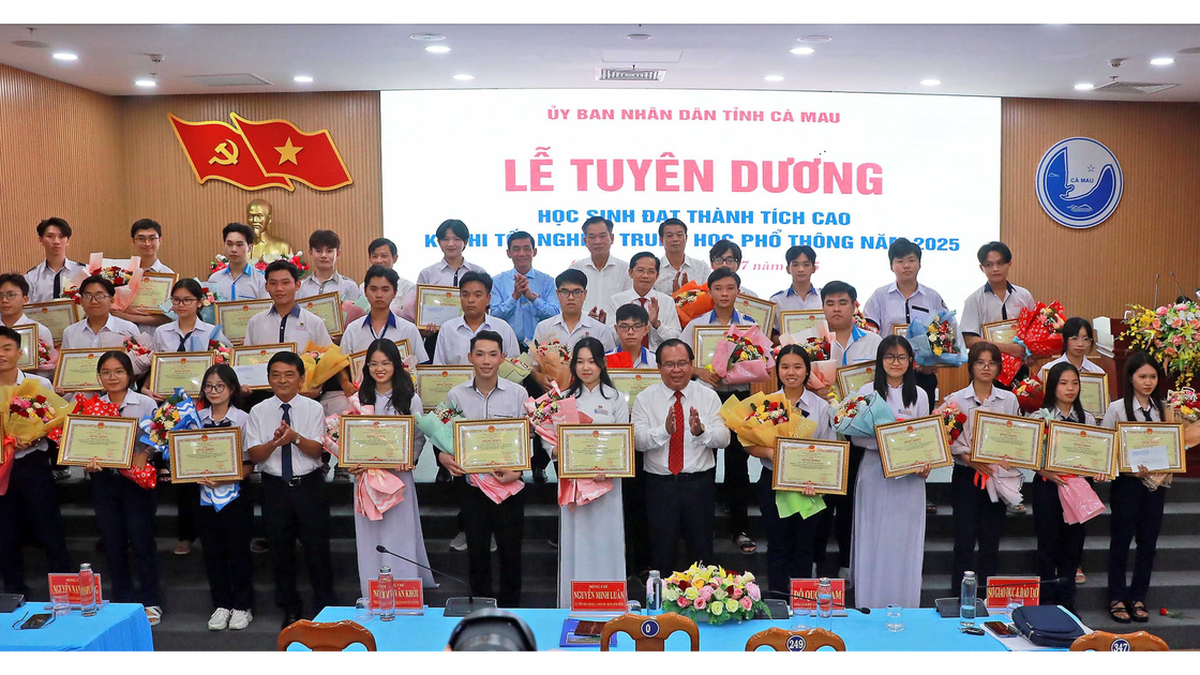



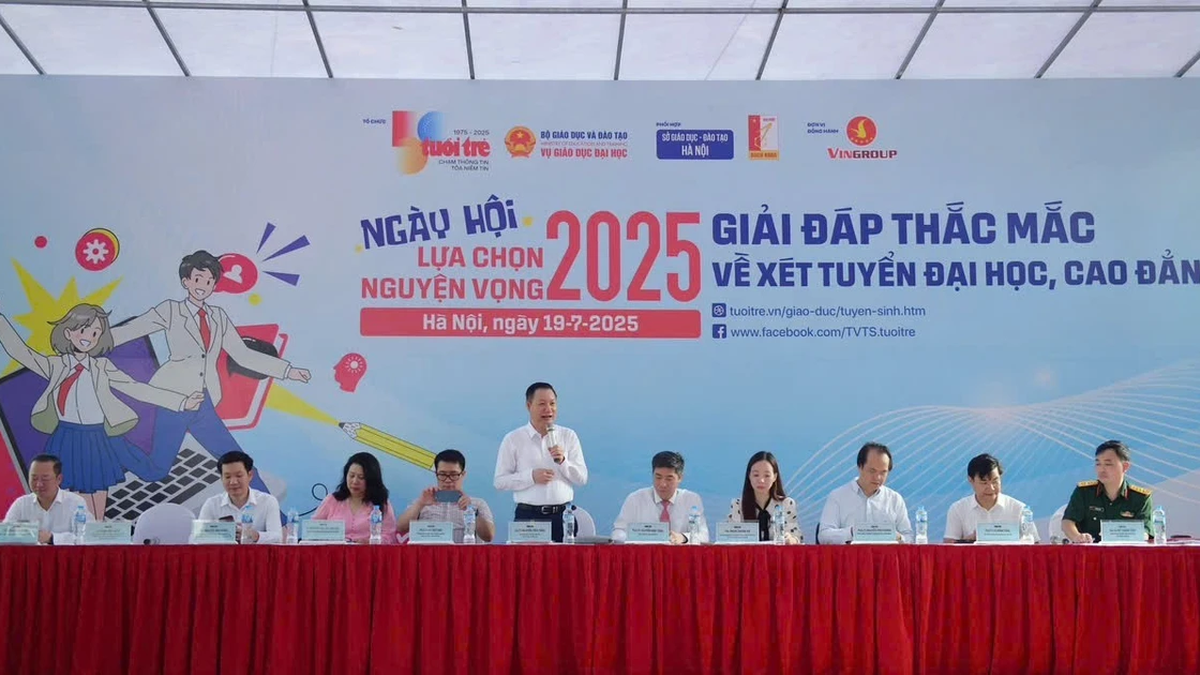
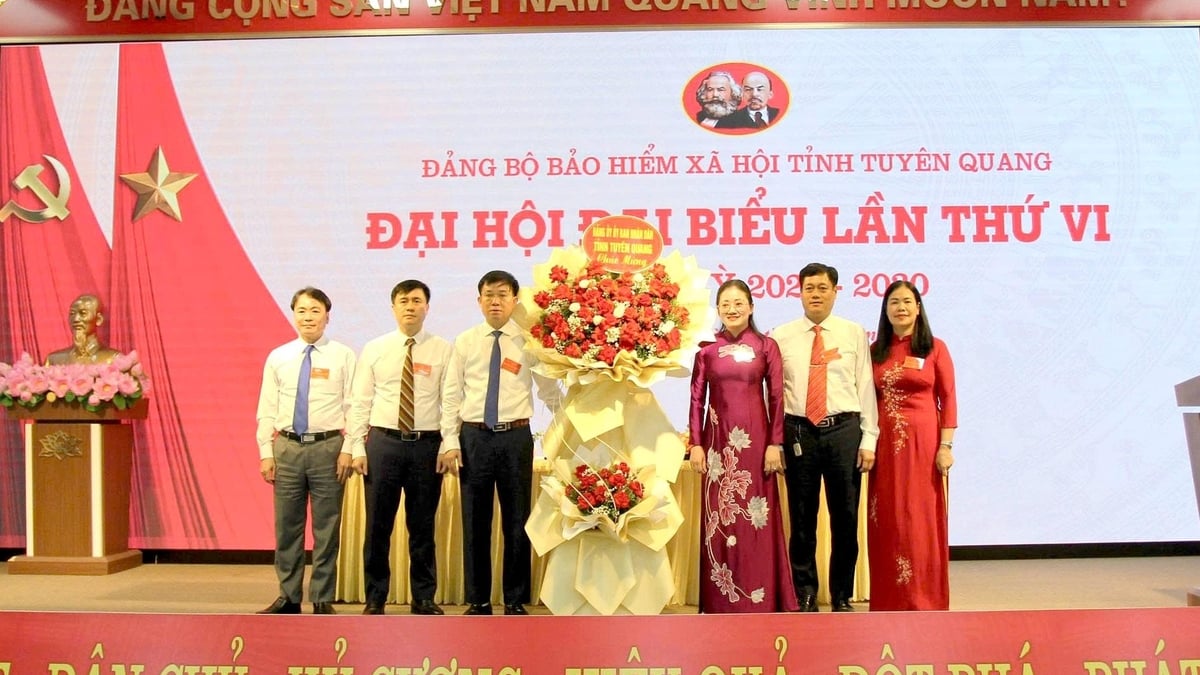
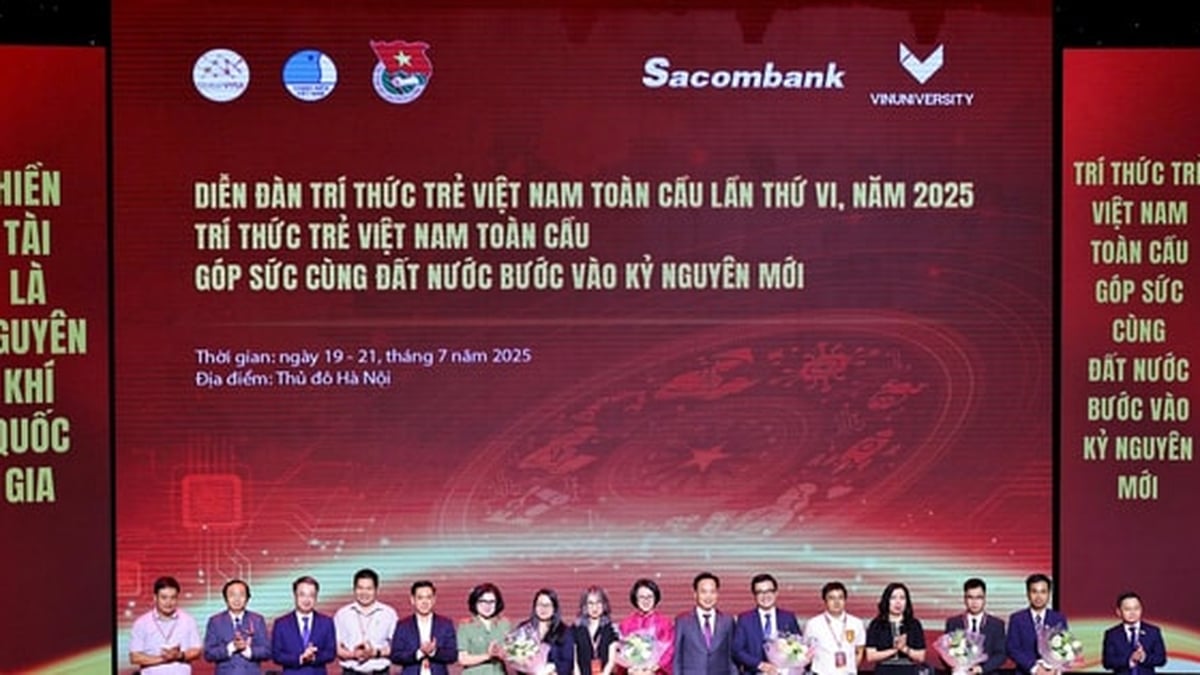
























































































Comment (0)